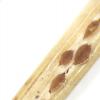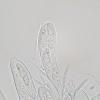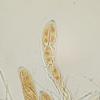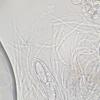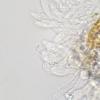
11-11-2025 20:16
Bohan JiaHi, lastly I have found these tiny yellow decayin

09-11-2025 13:20
Hello.A tiny ascomycete, appearing as erupting gra

08-11-2025 00:29
 Francois Guay
Francois Guay
I found this species in Quebec, Canada, on herbace

04-11-2025 09:07
Hello.A suspected Hymenoscyphus sprouting on a thi

04-11-2025 12:43
 Edvin Johannesen
Edvin Johannesen
Hi! One more found on old Populus tremula log in O
Discomycete on leaves of Eriophorum vaginatum
Marcus Yeo,
06-08-2022 22:20
Apothecia are erumpent; elongated; with an orange-brown hymenium.
Asci are clavate; ca 120-160 x 13-18 µm; 8-spored (though in some asci not all spores have developed fully); IKI+ blue.
Ascospores are all in asci; hyaline; ellipsoid; 0-septate; 21-27 x 8-9 µm; with scattered small OBs & a couple of medium-sized OBs.
Paraphyses are filiform; 2 µm wide; sparsely branched.
Marginal cells are cylindrical to clavate; ca 25-35 x 5-7 µm.
Thanks
Marcus
Brian Douglas,
09-08-2022 02:27
Re : Discomycete on leaves of Eriophorum vaginatum
Hysteronaevia kobayasii seems rather similar (host, spore dimensions and and usually only four ascospores reaching maturity). Though yours has a blue apical ascus pore in Lugol's.
Has anyone else seen this in recent decades?
Has anyone else seen this in recent decades?

